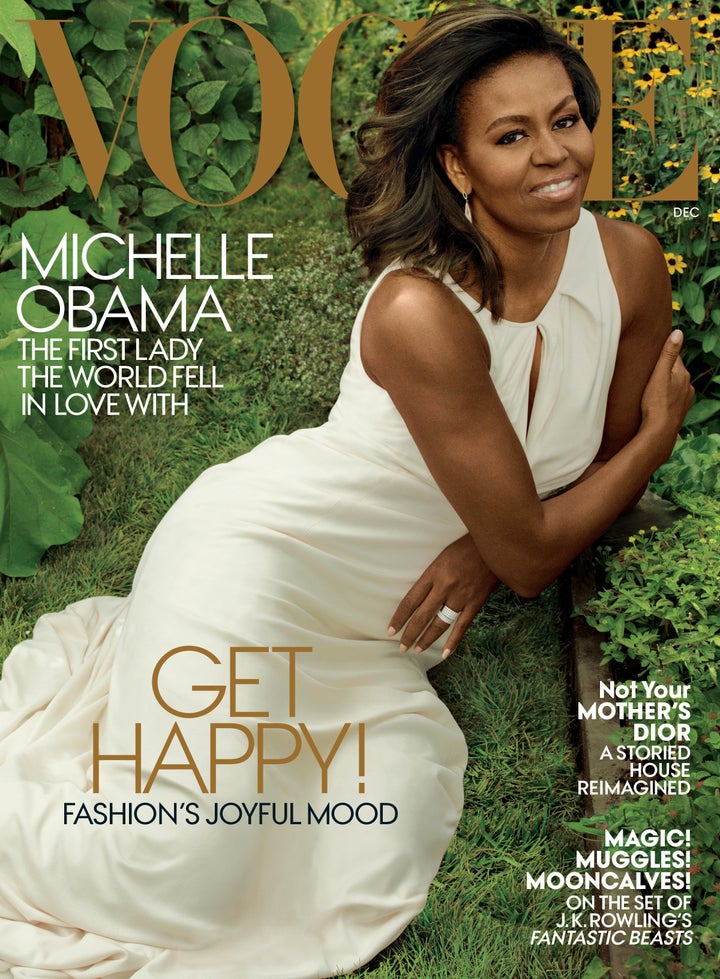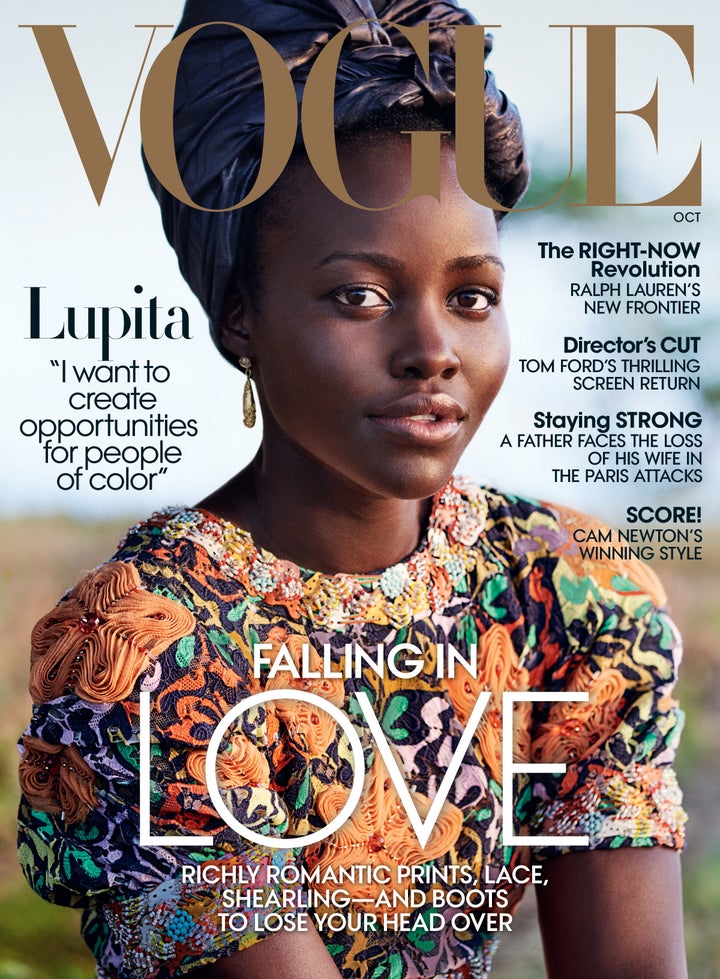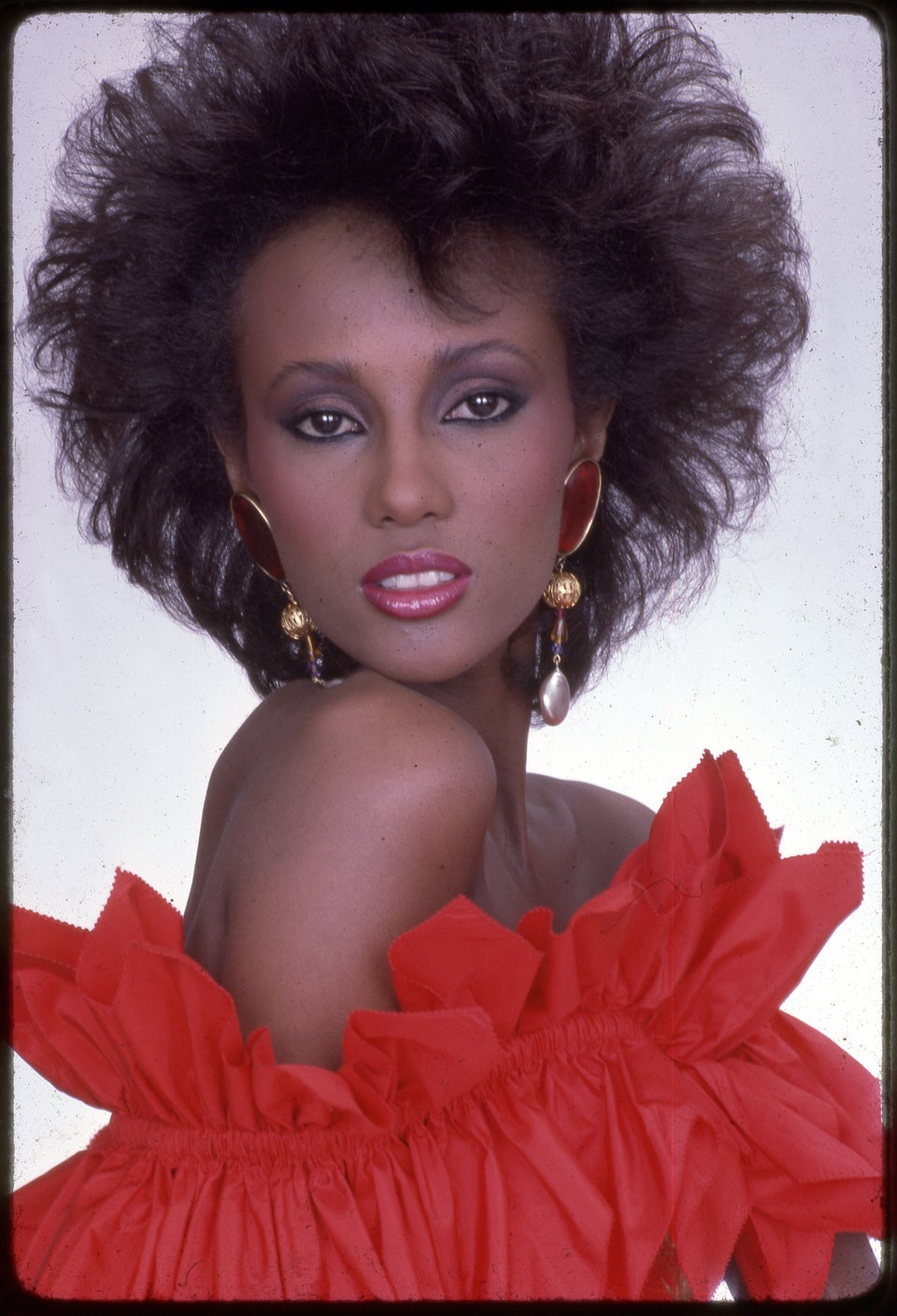
2016 was a groundbreaking year for inclusivity in fashion, in ways both big and small. There was an influx of diversity on Fashion Week runways, a continued effort to define the word “nude” with an accurate range of skin tones, and several sexy, inclusive lingerie campaigns, to boot.
When it comes to top fashion magazines, however, it’s staggering that just 29 percent of cover models in 2016 were non-white, according to TheFashionSpot’s yearly diversity report. That’s a measly 196 women of color out of 678 cover appearances.
TheFashionSpot, which also reports on diversity at Fashion Week, tallied stats for cover models who identify as female based on race, size, gender and age. The worst offenders when it came to denying covers to women of color were Love Magazine, Harper’s Bazaar US, Jalouse, Marie Claire U.K., Porter, Vogue Germany, Vogue Netherlands, Vogue Paris and Vogue Russia. Not one of those titles put a non-white woman on a cover this year.
British Vogue, which just earned praise for putting plus-size model Ashley Graham on its January 2017 cover, featured only one non-white woman ― Rihanna ― on its 2016 covers. Even more jarring? According to the report, “over the past 14 years, only six models of color have merited stand-alone British Vogue covers.”
Transgender models landed five covers in 2016, according to the report, with four covers starring model and actress Hari Nef. While Michelle Obama’s Vogue and T Magazine covers kicked us all in the feels and Barbra Streisand gloriously covered W, women over the age of 50 accounted for just five percent of covers.
Unsurprisingly, Gigi Hadid, Kendall Jenner and Bella Hadid were the top three most in-demand cover models, landing 14, 10 and eight covers, respectively. Lupita Nyong’o starred on five.

The report isn’t all bad. The number of non-white models increased by 6.2 percent from 2015, and popular magazines like Teen Vogue, Paper and InStyle were counted as some of the most diverse. The report itself changed to include stats on models over 50, plus-size models and transgender models for the first time this year.
Slow and steady might not be the ideal route for diversity in fashion to take, but it still wins the race. Head to theFashionSpot to see the entire report.
